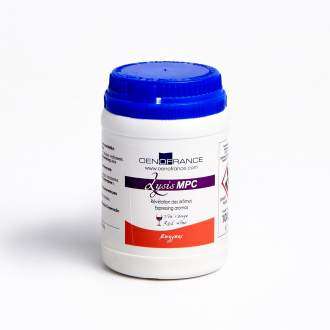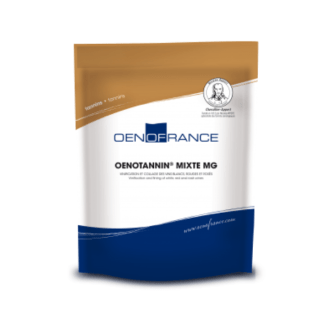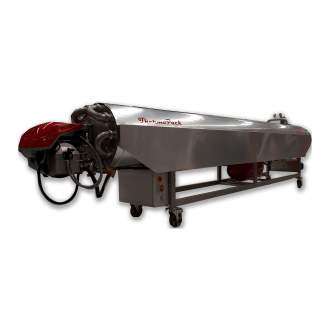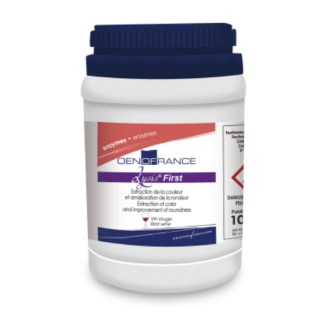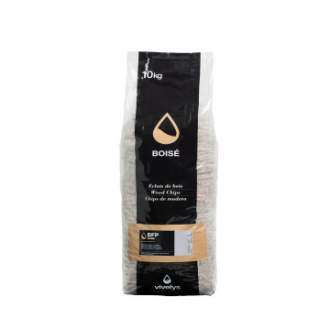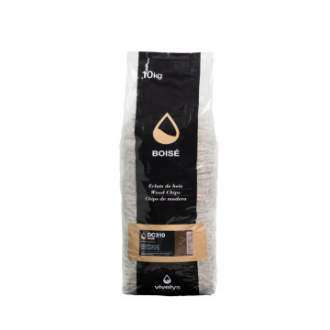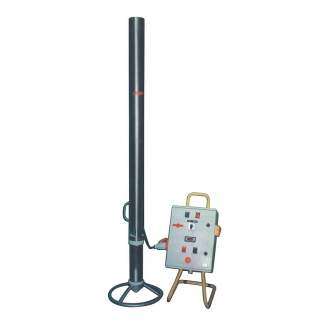Prefermentation
In any red wine profile, to obtain a mouth with the proper balance, we need to define and adjust the maceration to achieve this.
Cold maceration or cryomaceration
Cold maceration lengthens the extraction in the aqueous phase, where the extraction of precursors and anthocyanins prevails. If carried out correctly, it is very effective at enhancing the variety, especially in the fresh fruit profiles and at increasing the volume in the mouth and the freshness through the fruit.
Without control it can be a death trap. What are the risks of poorly conducted cold maceration?
- Extract anthocyanins but lose them through oxidation
- Extract greenness and bitterness
- Increase the pH due to loss of tartaric acid through precipitation
- Aromatic deviations due to the development of apiculate and/or Brett populations
There are no recipes, you have to interpret the maturity of the year and the possibilities of the facilities, but if we can give you some practical advice:
Recommendations:
- Do not squeeze, so that the less ripe berries or the raisined ones do not break and do not give us greenness and bitterness.
- Consume the oxygen that we dissolve during the incubation and maintain a good inertization, especially in case of aging.
- Master the microbiological side of things by combining the appropriate tools (SO2, chitosan, LSA or vintage yeast).
- Manage the temperature to keep the microbiota at bay without losing too much tartaric content due to precipitation, ideally from 7ºC to 8ºC
- Manage pH and SO2 based on temperature.
- Master the key factor, time, with periodic monitoring of what you extract.
The cost of cryomaceration per bottle is considerable; the sensible thing to do is reserve it for healthy, high-end grapes where you can create monetizable organoleptic value.
Hot maceration
An inverse concept to cryomaceration but with some common goals.
Heat provides high extraction in the aqueous phase in short times, but it has other benefits that will give us a different profile than cold maceration:
- Eliminates polyphenol oxidases and decreases oxygen dissolution.
- Pasteurizes the medium, frees it from contaminating populations and makes it easily colonizable.
- Destroys pyrazines and decreases the vegetable characteristic.
- Allows better management of the T/A ratio (tannin/anthocyanin)
- Degrades proteins by enriching the must with peptides and amino acids, aromatic precursors.
Its great advantage is its versatility, the mastery of tempos and temperatures allows the process to be adapted to all types of raw material, different processes with different objectives:
TM THERMOMACERATION , heating at high temperature to macerate for a few hours and then cool, press and clean to ferment in the liquid phase with a fermental protocol. A very good way to enhance high-yield grapes and plots blocked, stressed or with a lot of microbiological pressure. Wines with a very intense fermentation profile.
TERMOMIX a part of the grape is macerated hot (40% to 60%) and cooled, completing the tank with fresh grapes; a slight maceration during the AF and an early discovery. This technique requires working with grapes that are more qualitative than TM, the result is a good combination of fermental intensity and varietal character.
PREFERMENTATIVE HOT MACERATION moderate heating of the entire batch, combined with a few days of traditional maceration during the AF, allows to improve the extraction while maintaining the varietal character, for this reason it is reserved for quality grapes with a good maturity.
3 options you can successfully develop with the AP3M teams and the support of our consultancy
Other related topics
Traditional maceration
The extraction dynamics of each molecule that varies as the FA progresses and the volumes that you move whatever the operation (pumping over, pigeage, delestage, breaking, etc).
More information